A complete photographic system in a little leather case: The Kodak Retina IIIc and an assortment of accessories.
After having been a professional photographer for 20 years working with Leicas, medium format and 4×5 cameras, I started around the year 2000 a new career as a writer of books and scripts for tv shows. And I switched completely to digital cameras, starting with a Minolta Dimage 7i (quite a revelation then) and arriving after a brief adventure with Canon DSLRs at Panasonic’s Lumix GH and GX series – a system I can use my Leica lenses with and which I still like and use, though mostly for producing videos.
For 15 years or so I thought I would never touch an analogue camera again until following a whim I put a roll of film into an old Rolleiflex TLR of mine, snapped a happy dozen of pictures, and brought the Ektar 100 to one of the few surviving photo labs in the city of Munich to have it developed.
And there I saw it in the shopwindow of the lab: A little leather box reminding me of a lady’s beauty case, filled with an plethora of photographic equipment at a price i just couldn’t resist.
The little treasure chest contained a Kodak Retina IIIc, made in the 1950s in Kodak’s german camera factory “August Nagel” in Stuttgart. A beauty of a 35mm folder, compact enough to be easily pocketable but still a grown up camera that had everything an ambitious photographer could ask for in those days. It sported a 2/50mm Retina Xenon made by Schneider Kreuznach – a lens that plays in the same league as old Zeiss Planars and Leitz Summicrons – a coupled rangefinder, a selenium light meter (that still works), and – lo and behold – interchangeable lenses. Well, sort of, as it is only the front component of the Xenon that can be removed and replaced by either a f:5.6/35 mm wide angle component (called Retina Curtar Xenon) or a rather hefty Retina Longar Xenon f:4/80mm that transforms the sleek Retina into a monstrous beast once it is attached.
In addition to the camera and these lenses (which I rarely use because of their rather cumbersome handling) the case houses an external viewfinder for the accessory lenses that goes into the cold shoe, a foldable sports frame viewfinder adjustable for both the normal and the tele lens, plastic shades for all three lenses, an assortment of filters, and a set of three closeup lenses with a parallax correcting range/viewfinder contraption. All in all a complete photographic system in a container that is less than half the size of an average present day’s camera bag. Amazing.
And a pleasure to use, as long as you stick with the 50mm Xenon. In the twelve months I’ve owned it now, the Retina IIIc has become my trusty photographic companion – I take it with me every day even when I have to use a digital camera for professional reasons.
Here are five frames from the first black and white films I shot with it downtown Munich (the first two in front of the famous “Hofbräuhaus”). Ilford Delta 100 (pics 1 to 3) and Fomapan 100 (pics 4 and 5), developed in Rodinal and scanned with a Nikon Coolscan 4000.
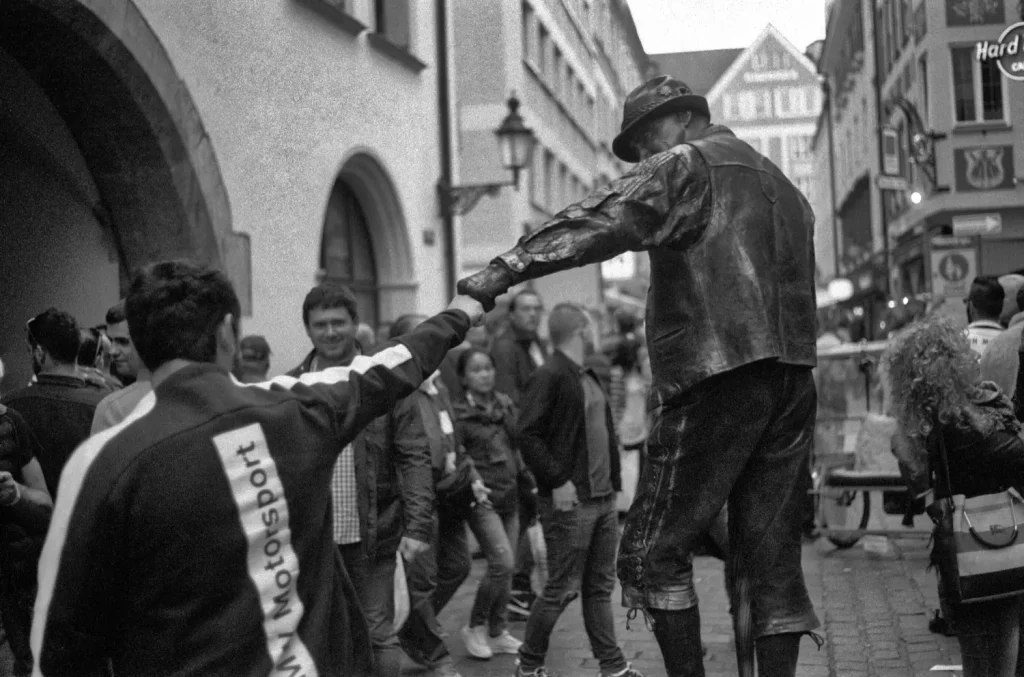
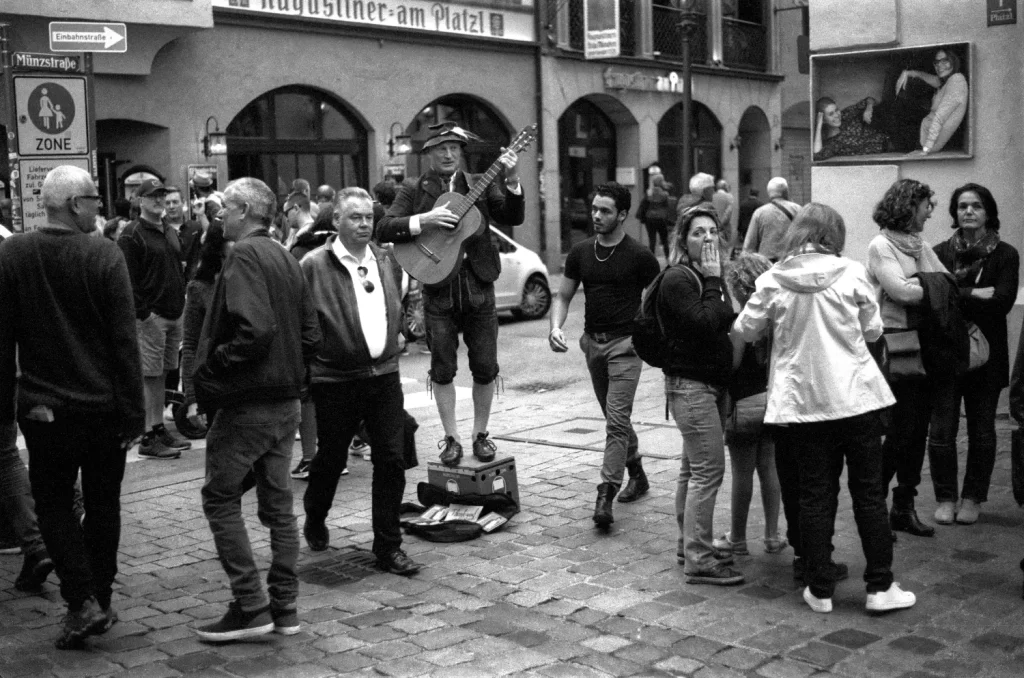
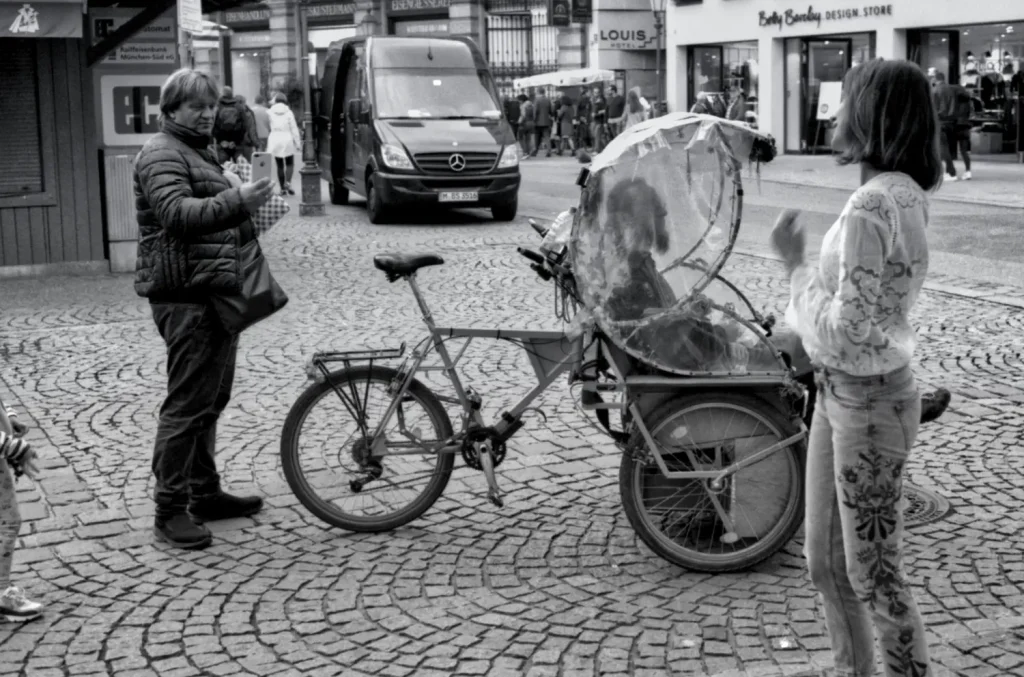
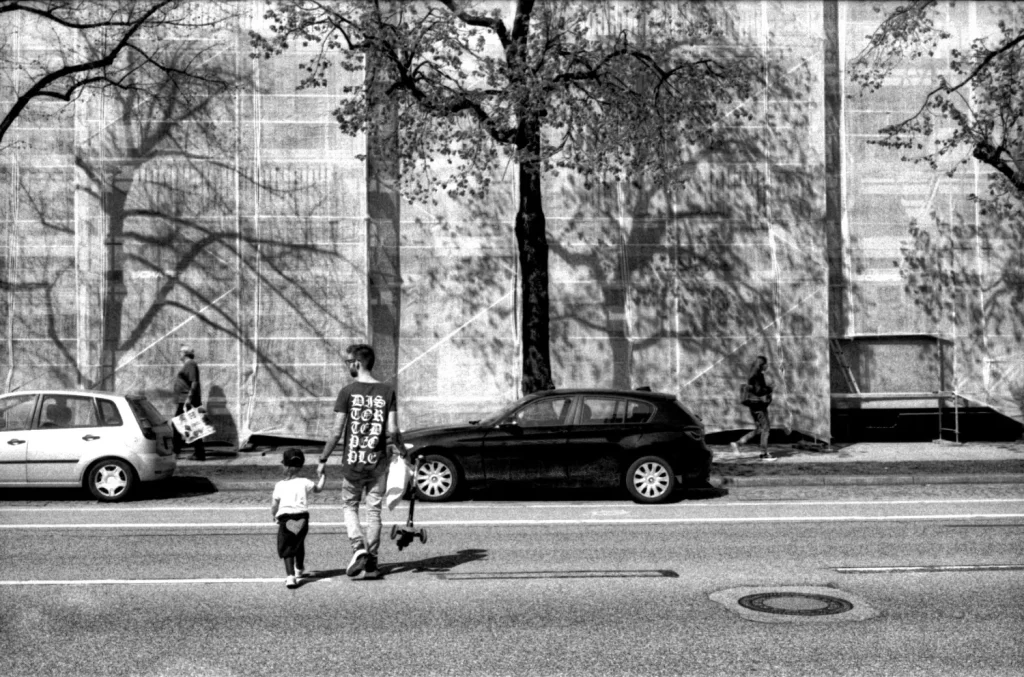
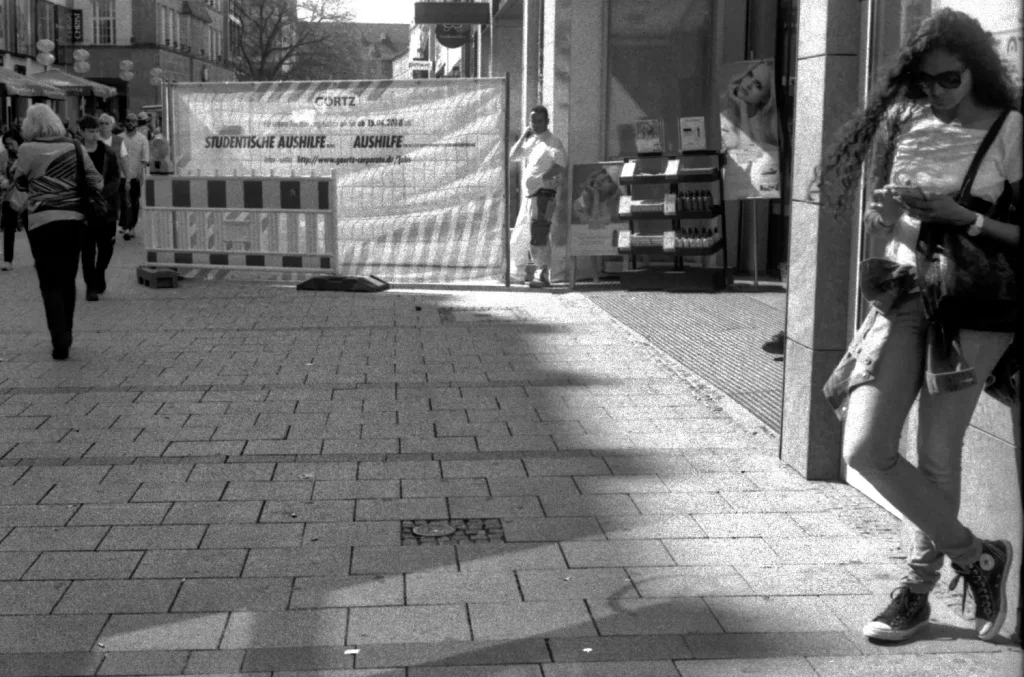
If you want to read more about this camera you can do so in my blog http://zeitmaschinen.org/?p=508&lang=en
More of my pictures with this and other cameras you can find here: https://www.flickr.com/photos/zeitmaschinen/
Share this post:
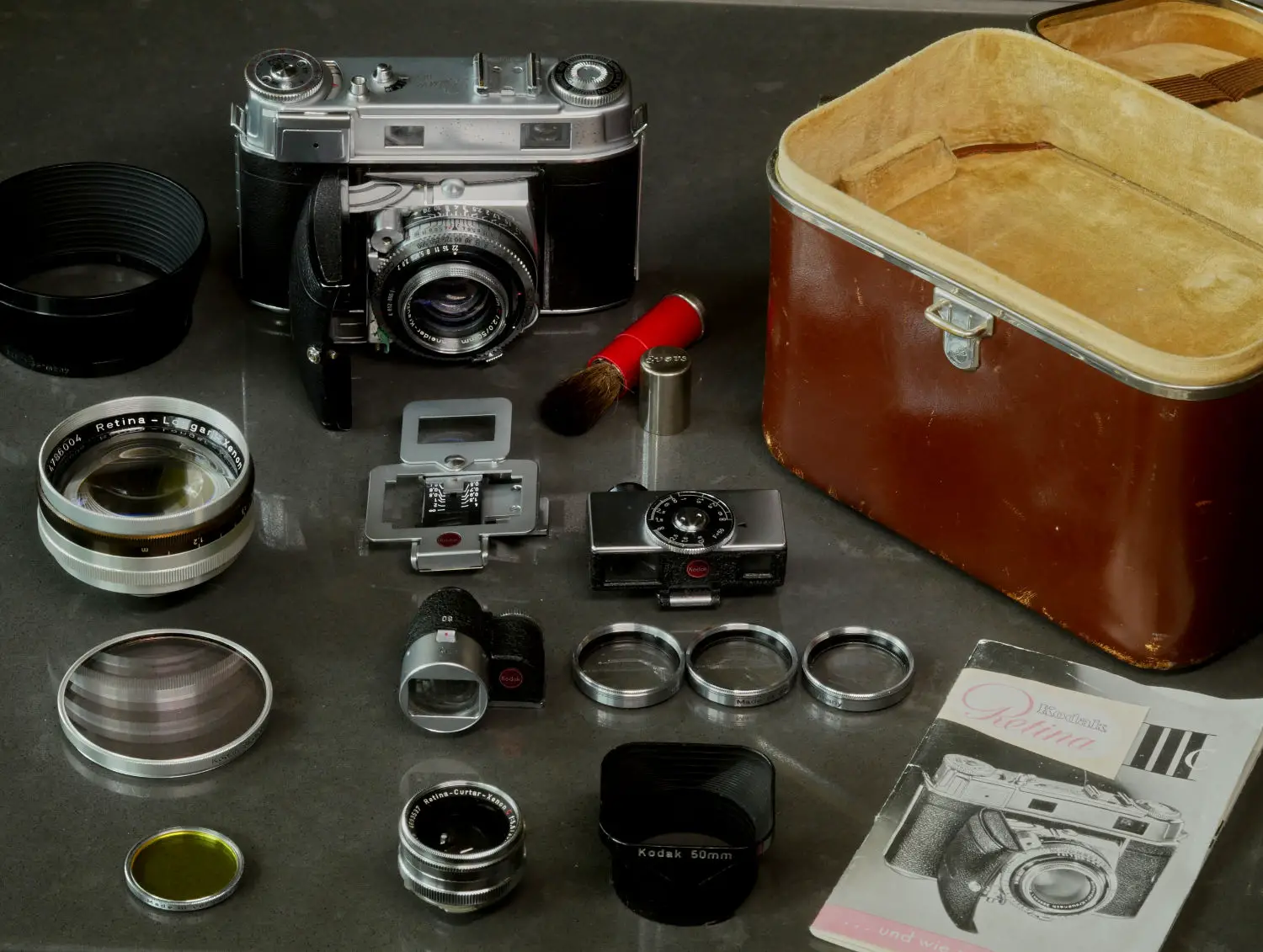
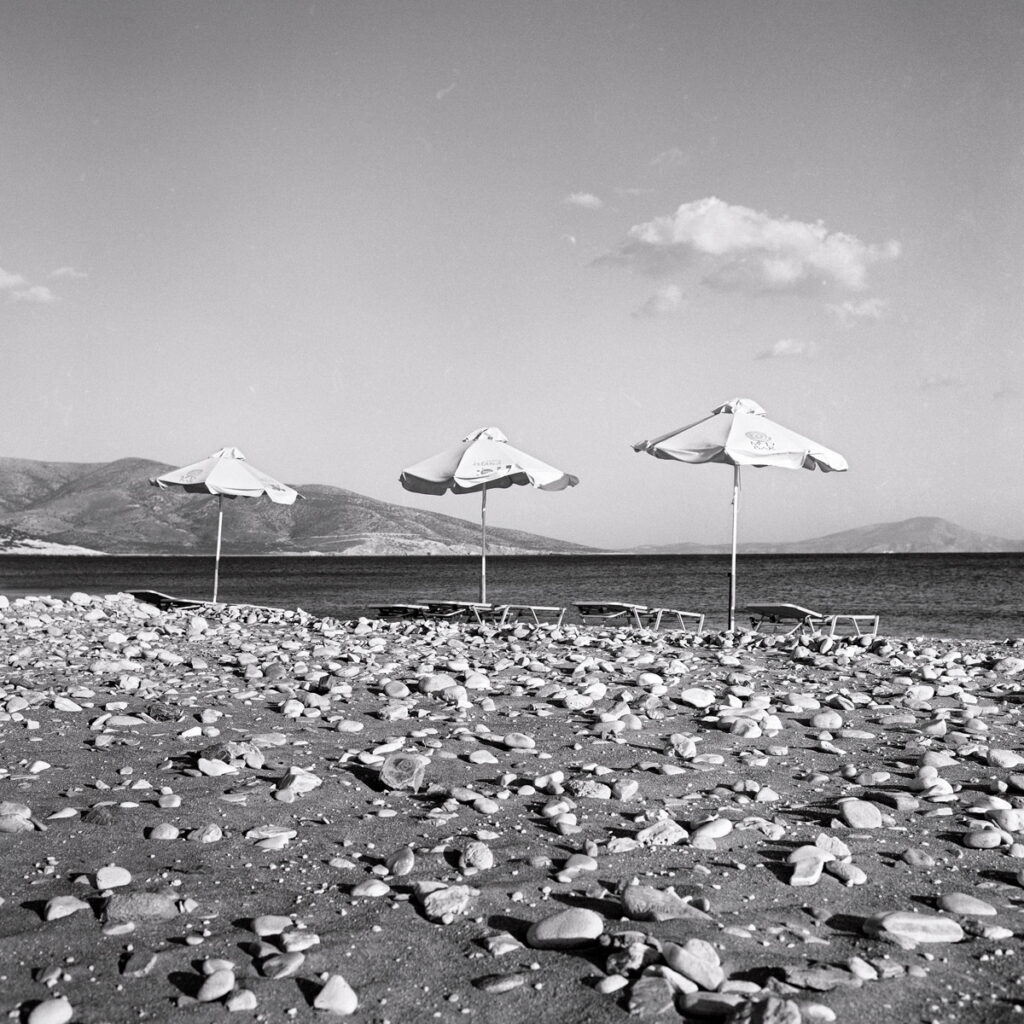
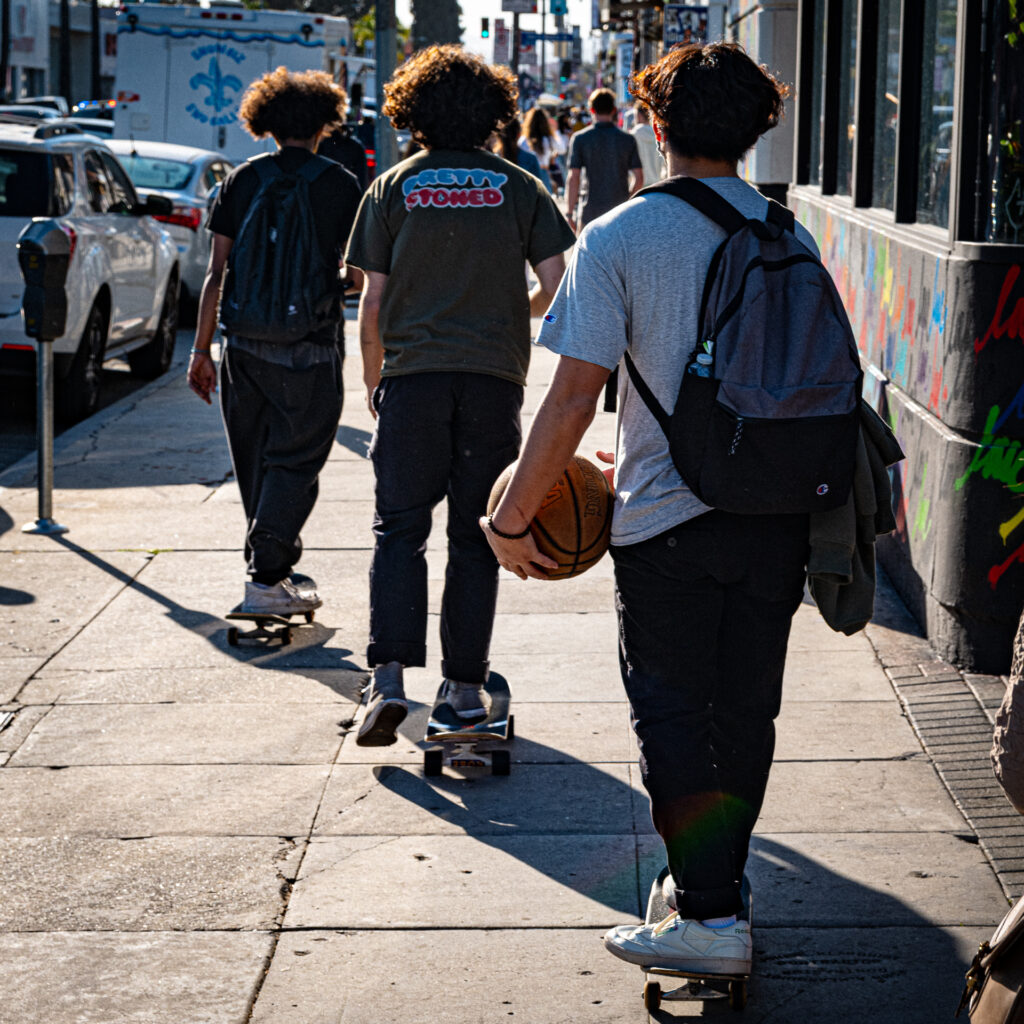
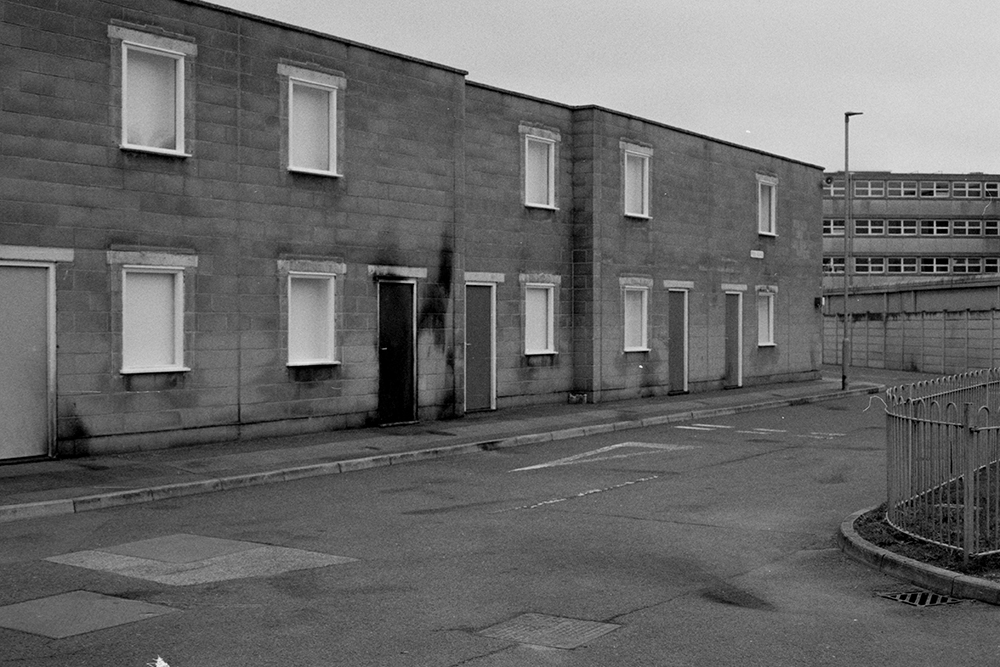
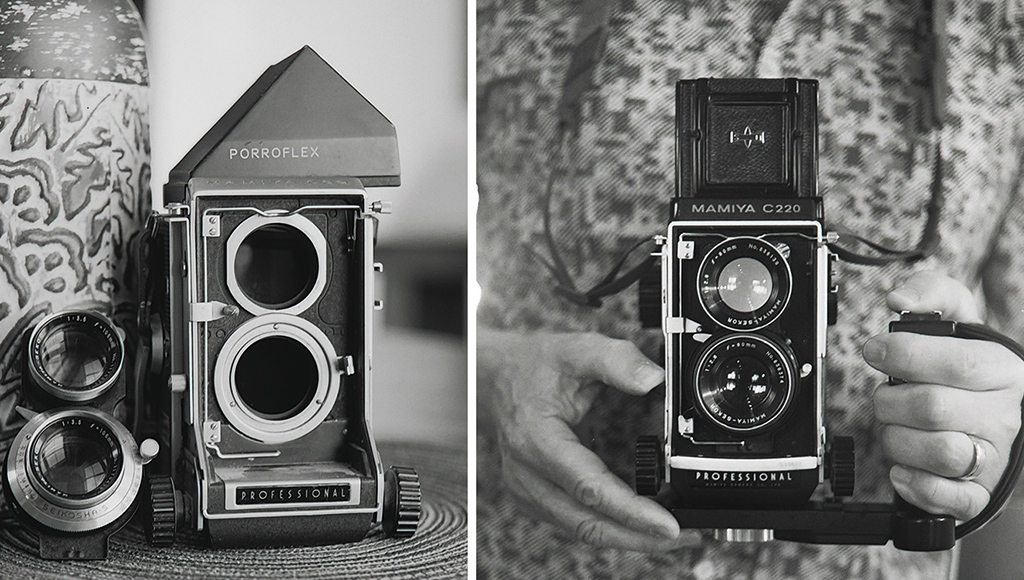




Comments
Terry B on 5 frames with a Kodak Retina IIIc – by Thomas Merk
Comment posted: 11/07/2018
I can appreciate your comment about the camera tele attachment. I have four Tessar equipped Zeiss Contaflexes (built like tanks and weigh about as much, especially with a film back attached) and for which I have the f4/115mm Tele Tessar. This is some monster and makes for a somewhat heavy combination. But it looks good. :D)
Comment posted: 11/07/2018
Julian Higgd on 5 frames with a Kodak Retina IIIc – by Thomas Merk
Comment posted: 11/07/2018
Comment posted: 11/07/2018
Graham Orbell on 5 frames with a Kodak Retina IIIc – by Thomas Merk
Comment posted: 12/07/2018
I prefer the Retina 11c to various Leicas of a similar vintage I have owned.
Comment posted: 12/07/2018
Graham Orbell on 5 frames with a Kodak Retina IIIc – by Thomas Merk
Comment posted: 13/07/2018
Without fact checking again, I seem to remember that after WW2, Kodak were “given” the German factory making cameras that became Kodak Retinas. In my opinion they were the best cameras that Kodak ever made. (I started in photography in 1948 with a Kodak Brownie box camera I still have)
Comment posted: 13/07/2018
Graham Orbell on 5 frames with a Kodak Retina IIIc – by Thomas Merk
Comment posted: 14/07/2018
Thanks for that update. I’ve since read a little more of the Retina history. I’m sure my Retina will still be going fine long after my Canon 5d4 gives up and no doubt it will outlast me. It’s good to see the start of a revival of film.
Dave Tada on 5 frames with a Kodak Retina IIIc – by Thomas Merk
Comment posted: 17/07/2018
Comment posted: 17/07/2018
Dave Tada on 5 frames with a Kodak Retina IIIc – by Thomas Merk
Comment posted: 18/07/2018
http://davetada.tumblr.com/tagged/kodak retina iiic
Thomas Merk on 5 frames with a Kodak Retina IIIc – by Thomas Merk
Comment posted: 18/07/2018
Marilyn on 5 frames with a Kodak Retina IIIc – by Thomas Merk
Comment posted: 26/12/2021
Comment posted: 26/12/2021
Comment posted: 26/12/2021